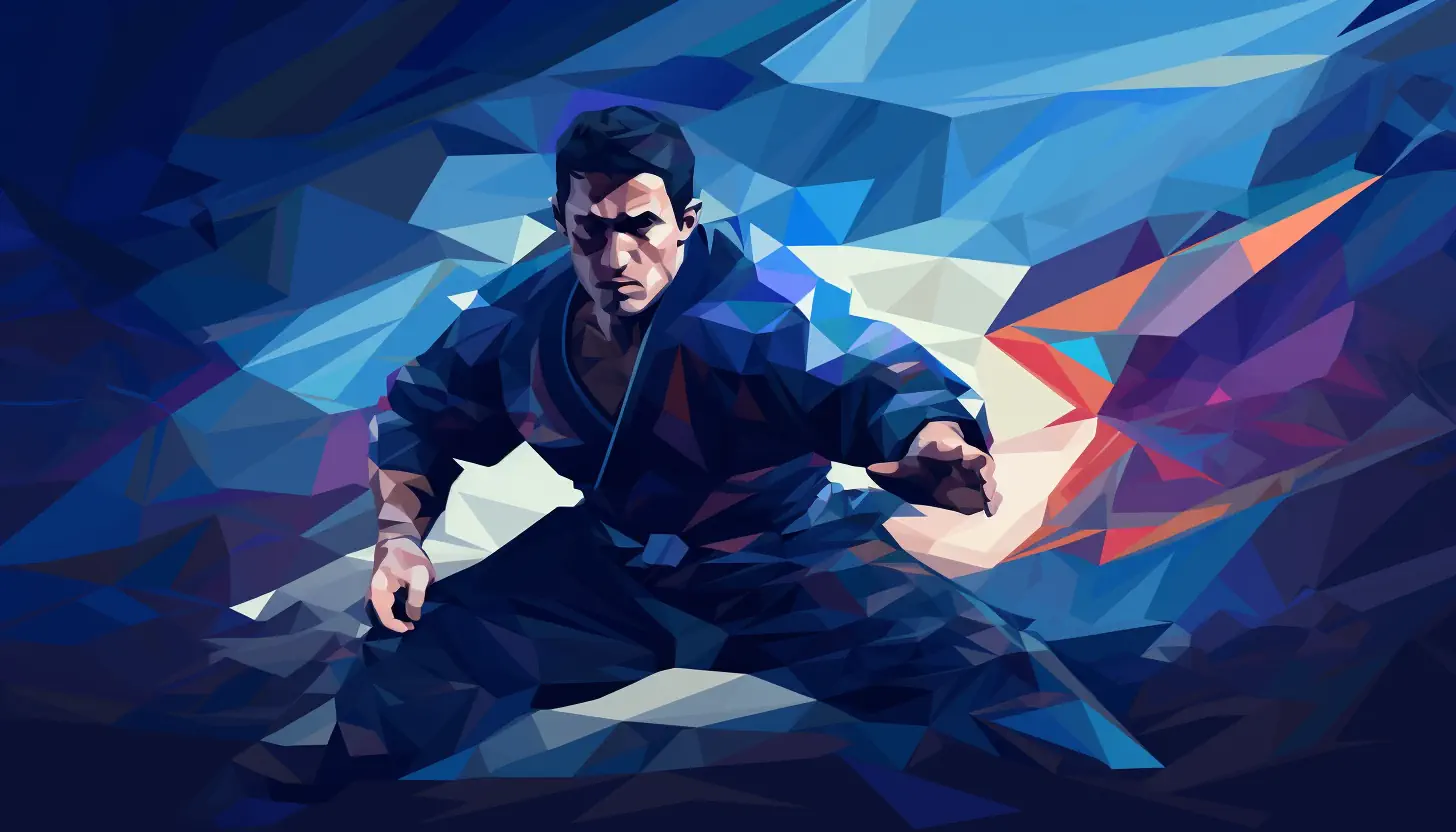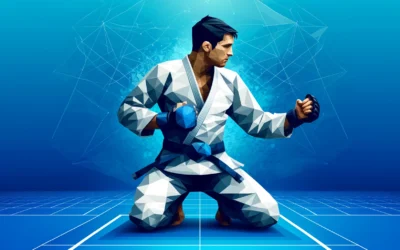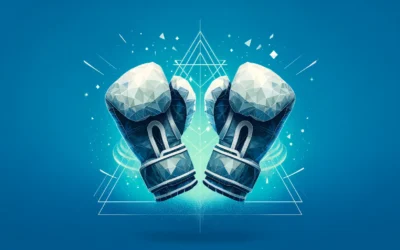Jujitsu, also known as jujutsu or jujitsu, is a Japanese martial art that focuses on grappling, throwing, joint locks and striking techniques. Classical jujitsu refers to the traditional jujitsu styles that existed before modern judo’s development in the late 19th century.
Classical jujitsu has a long and rich history in Japan, evolving over centuries in response to changing societal and political conditions. This article will provide an overview of the origins and development of classical jujitsu, from ancient battlefield grappling arts to the proliferation of civilian self-defence-focused jujitsu schools in the Edo period.
Origins of Jujitsu
The ultimate origins of jujitsu are unclear, with various claims of it arising in India, China or even ancient Greece. However, there is little hard evidence to support any of these claims. The most credible theory is that jujitsu emerged independently in Japan in response to the need for unarmed combat skills.
In early Japanese history, there are references to combative wrestling arts like sumo and sumai. However, these were not systematic martial arts. The professional development of jujitsu began with the rise of the ‘ryu’ (school) system. These were schools that focused on passing down and refining martial skills from teacher to student over generations.
The unstable political and military conditions of 12th-16th century Japan led to a need for battlefield martial arts amongst the emerging samurai warrior class. This saw the rise of bujutsu ryu that focused on weapons skills and grappling methods like yoroi kumiuchi for use in armour.
As large-scale military conflict declined from the 17th century, the focus shifted towards self-defence jujitsu styles for use in civilian life. The Takenouchi ryu, founded in 1532, was the first jujitsu ryu proper, emphasising empty-handed techniques more than the bujutsu ryu.
During the Edo period (1603-1867) of relative peace under the Tokugawa Shogunate, the number of koryu jujitsu ryu increased, with over 700 documented by the mid-Edo period. These civilian jujitsu schools arose partly due to legal prohibitions on weapons possession amongst the lower classes.
Key Developments of Classical Jujitsu
Several key developments occurred during the Edo period that shaped classical jujitsu:
- Separation from battlefield arts: With less need for battlefield techniques, jujitsu diverged into a civilian self-defence art.
- Loss of weapons skills: Many schools abandoned weapons techniques entirely.
- Spread to the lower classes: Jujitsu extended beyond the samurai to commoners forbidden from carrying swords.
- Development of advanced training methods: More systematic pedagogy emerged.
- Increased specialization: Schools focused on particular weapons or aspects of jujitsu.
- Inter-school rivalry: With so many ryu, bloody challenge matches occurred to prove superiority.
Technical Features of Classical Jujitsu
Classical jujitsu ryu utilized diverse techniques derived from the earlier battlefield arts. These include:
- Throwing techniques (nage waza): Using leverage and timing to throw an opponent to the ground.
- Joint manipulation techniques (kansetsu waza): Locking joints through holds and leverage.
- Striking techniques (atemi waza): Precise strikes to weak points on the body.
- Choking and strangulation techniques (shime waza): Cutting off blood supply to the brain.
- Grappling and immobilization techniques (osae waza): Controlling an opponent on the ground.
Advanced training methods refined students’ skills in these areas through partner drills and free sparring.
Theory and Strategy of Classical Jujitsu
In addition to techniques, classical jujitsu schools developed sophisticated theories and strategic principles, including:
- Ju: The “gentle” or “flexible” way of overcoming force with technique.
- Seiryoku zen’yō: The strategic concept of maximum efficiency, minimum effort.
- Kuzushi: Off-balancing an opponent to defeat their strength.
- Keen perception skills: Reading body language and anticipating attacks.
These theories enabled skilled jujitsu practitioners to prevail against stronger opponents.
Decline of Classical Jujitsu
Ironically, the long peace of the isolated Edo period sowed the seeds of koryu jujitsu’s decline. There was less need for martial prowess among the warrior class. The Meiji Restoration of 1868 dealt a further blow, with samurai privileges abolished and jujitsu seen as old-fashioned.
Jujitsu schools and teachers struggled financially and competed aggressively for students. Jujitsu developed an unfavourable reputation as the domain of brawlers and thugs.
Rise of Judo
Judo arose in response to the decline of koryu jujitsu. Jigoro Kano trained in several jujitsu ryu before founding his Kodokan school in 1882. Kano sought to reform jujitsu by:
- Emphasizing character development alongside combat skills
- Adding safety rules and procedures to reduce injuries
- Systematizing the instruction for beginners
- Eliminating overly dangerous techniques unsuited to practice
- Developing superior training methods, especially free sparring (randori)
- Establishing a ranking system with competitions (shiai)
- Making the art suitable for people of all classes
The Kodokan decisively defeated several top jujitsu schools in a 1886 police sponsored tournament, establishing judo as Japan’s foremost martial art. Koryu jujitsu declined into obscurity as judo spread via the school system and exports abroad.
Revival of Interest
While koryu jujitsu died out in mainstream Japanese culture, it has seen a revival of interest globally in recent decades. Practitioners are rediscovering these old schools and finding value in their sophisticated theories and techniques tailored towards self-defense. Their teachings continue to influence modern eclectic jujitsu styles.
Legacy
Classical koryu jujitsu ryu may have faded into history. However, their teachings and techniques remain preserved through judo as well as various traditional jujitsu styles practised around the world today. The origins of modern mixed martial arts competitions can also be traced back to the randori sparring introduced by Kano.
Jujitsu has profoundly impacted Japanese martial culture and remains an effective form of self-defence and character development.
The History and Development of Classical Jujitsu
In conclusion, classical jujitsu has a long and storied history as a Japanese martial art intended for self-defence and close combat. It evolved from ancient battlefield grappling methods into a sophisticated civilian art complete with advanced training pedagogy.
While traditional koryu jujitsu schools faded away in the early 20th century, their legacy lives on through related arts like judo and contemporary jujitsu styles that keep their teachings alive. Classical jujitsu’s theories, techniques and training methods laid the foundation for many modern martial arts and remain culturally significant in Japan.





0 Comments